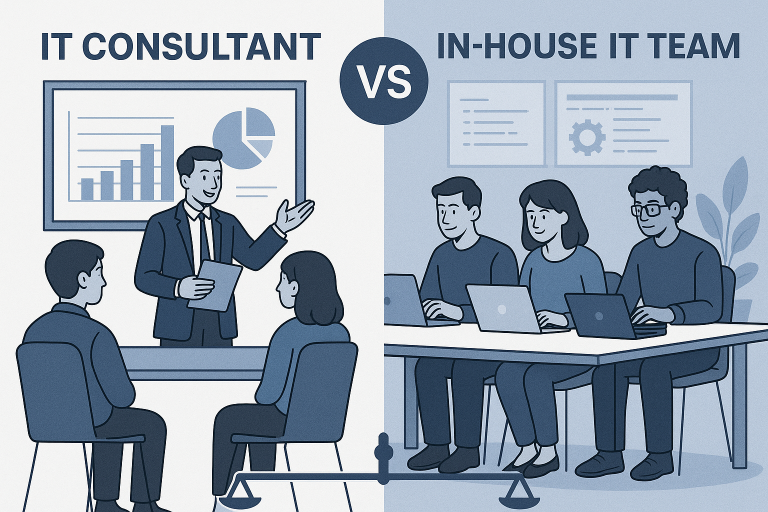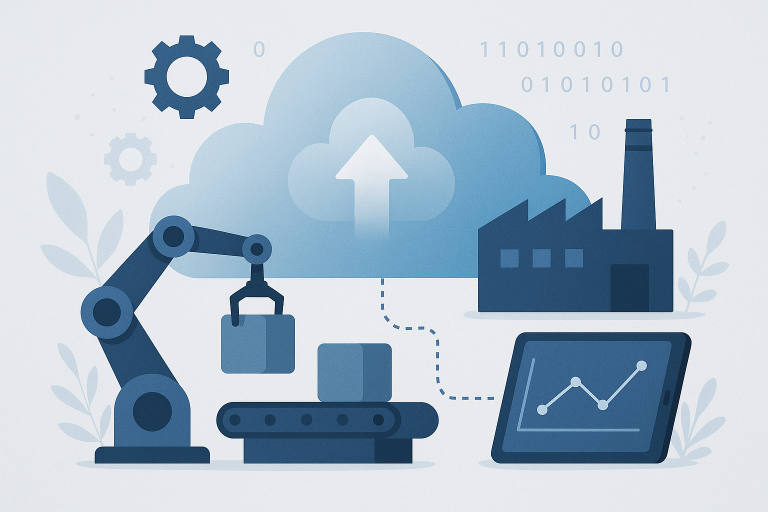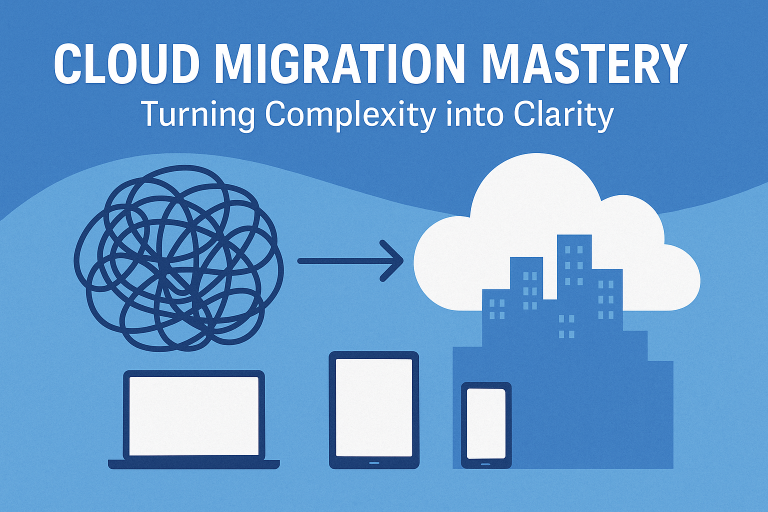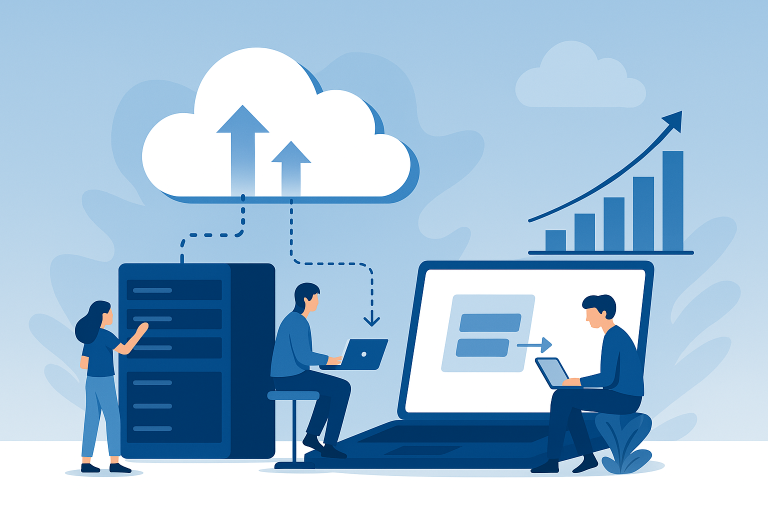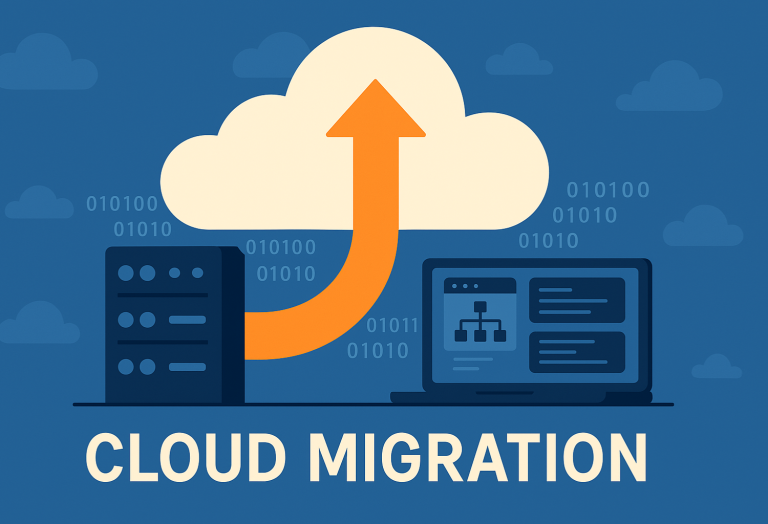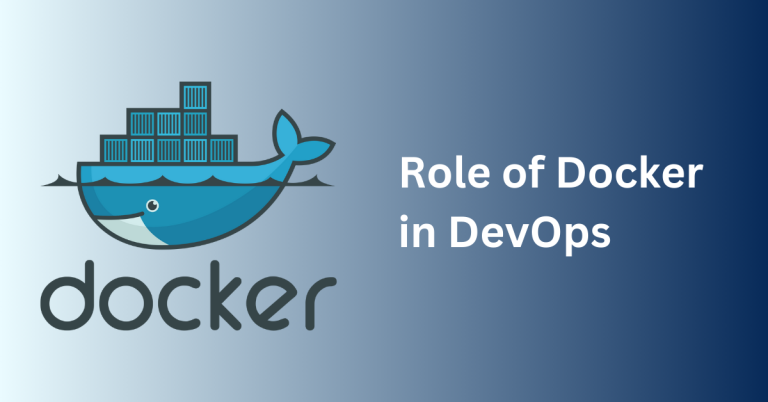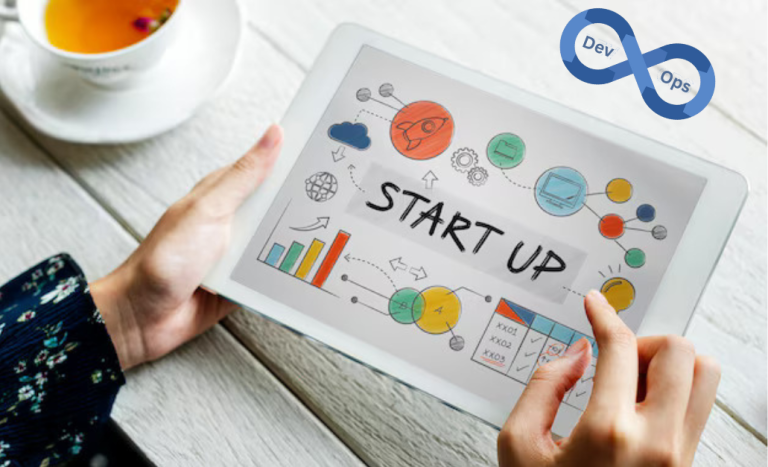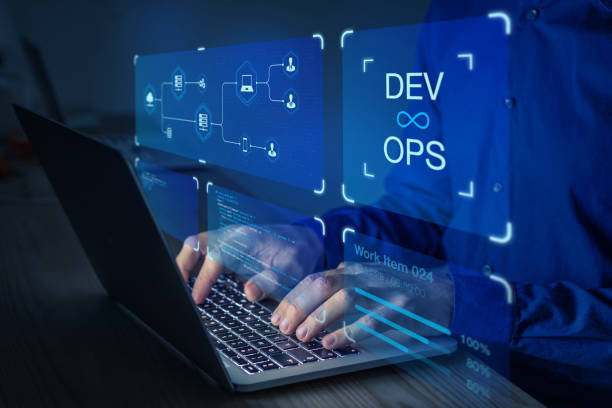
Remote infrastructure management (RIM) is now a quite popular service package. Organizations prefer to outsource their infrastructure management for better services, management of distributed workforce, and cost-saving. In simple words, RIM refers to the management of IT infrastructure (software, hardware, data centers, storage, networks, servers, ERP, CRP, Security, database, application, telephony, etc.) from a remote location.
With the continuous growth and diversity in the IT industry, it’s becoming clear that organizations find it difficult to manage their IT infrastructure smoothly. However, access to remote infrastructure management services (RIMS) offers an effective solution to help organizations in IT infrastructure management. By opting for remote infrastructure management, businesses can benefit from a range of services, such as tech support, around-the-clock monitoring, maintenance, troubleshooting, administration, and performance optimization. RIM is also a cost-effective solution in the remote management of your organization’s IT infrastructure.
The pandemic crisis also has driven organizations towards RIMS. For the last two years, every organization has had to deal with the pandemic crisis and subsequent situations. To deal with the changed situation and better business opportunities, organizations are keen on RIM solutions. With RIMS, you can better manage your distributed workforce and secure your IT infrastructure.
Over time, remote infrastructure management services are improving to offer better services. Let’s see the future aspects of RIM to provide you with more effective and advantageous services. Here are the most recent trends to observe.
1. Cloud is the future
RIM and the cloud are the best combos for any IT organization. With digitalization, organizations prefer to move their IT infrastructure and data to the cloud for multiple benefits, including:
- Minimization of using physical hardware (on-premises hardware) in an organization
- Better data security and governance purposes
- Remote access of data from anywhere of the globe and at any time
- Energy efficiency
- Scalability
- Cost-saving
Though this virtualization is preferable to multiple organizations, but still their miles to go. After the pandemic crisis, many organizations are using the cloud more than ever before. Now, businesses prefer cloud adaptation for efficient management of their IT infrastructure.
2. Security Threats
Most companies have adopted IT virtualization as it is versatile and cost-efficient. But, like other technologies, virtualization also has its own security interests. And unfortunately, virtualization also comes with several loose ends. So, various security service organizations are focusing on security threats and providing efficient security to their client companies.
RIMS can play a vital role in the software security of a business. It can also help to reduce threats to a company’s software resources. Companies can consider a RIMS to improve data security without hampering employee performance and productivity. However, this continues to be a challenge.
There are multiple security frameworks to consider. Before opting for a RIM service provider, make sure at least they adhere to SOC2 and ISO standards— IT security standards.
3. AI/Machine Learning
The present time is the era of Artificial intelligence (AI) and machine learning (ML). With the advent of these two technologies, applications and machines are becoming more intelligent. Those intelligent machines are designed to learn and make decisions without human intervention. Most updated tools can help users by providing valuable insights into their IT infrastructure, such as network memory, server uptime, etc. With effective implementation of AI and ML, you can have better system automation, which helps in time and money-saving and allows organizations to run with fewer resources.
4. Automation
Automated software plays a crucial role in remote monitoring. Most recent monitoring and management tools are sophisticated and efficient in executing different processes with perfection. Using AI/ML, monitoring tools are becoming more efficient and automating monotonous and time-consuming manual processes associated with infrastructure management.
5. Cybersecurity will grow and take the lead
With the advancement of technology and the increased number of security threats, cyber security has become one of the top priorities for every company. Due to the emerging cyber security threats, companies are being concerned about having a robust IT infrastructure management system to protect their business data. But here, the main issue is either budget crunch or lack of in-house cyber security experts. As a result, small and medium-sized companies are being attracted to cloud-based services. IT is time to look for better and more efficient cyber security software.
6. Management of demand infrastructure
As your business grows, the requirements for storage facilities, related equipment, etc., grow simultaneously. To meet this ever-growing demand, companies look for solutions to simplify their IT infrastructure and adopt a more efficient work strategy. Here RIMS can play a vital role. It can run in collaboration with IT departments to influence the integration and management of storage platforms.
What is the Future for Remote Infrastructure Management?
Outsourcing RIMS can make you more agile and get better services at a lower cost. But the needs are different – every company needs various services to improve their processes. Remote infrastructure management can help you with your network operations and deal with customers’ demands simultaneously. The manual helpline may not provide service around the clock, but RIM can. They provide services 24*7 and without any geographical boundary.
Considering the massive advantage of outsourcing RIM, several organizations are investing in it. Experts predict that, by 2027, the global market of RIM will be worth around $54.5 billion by 2027, with an expected compound annual growth rate of 9.7%. China and the United States are investing a huge share of total global investment in RIM.
With such progressive growth, you can expect many more RIM innovations in the coming years. Remote monitoring and management software will become more efficient and intelligent to serve you better. Simultaneously, service providers will also focus on offering more and improved services. RIM can also be helpful for SMBs who are still working and struggling with manual monitoring and management processes. More updated software and services can make everyone’s job much easier and more efficient.
Key Takeaways
Remote infrastructure management services were there for several years. But the pandemic and subsequent circumstances like massive demand for work-from-home culture, more efficient online service requirements, etc., have brought remote monitoring and management into the spotlight. Everyone looks for a trustworthy managed IT services provider to take care of the software, hardware, server, and network tasks. Most organizations don’t have the time for or don’t want to waste time on IT infrastructure management, especially with distributed workforces. Considering the above-mentioned aspects, the future of remote IT infrastructure management services looks bright. RIM is and will be beneficial for organizations by providing reliable, fast, and cost-effective solutions for every IT need.
